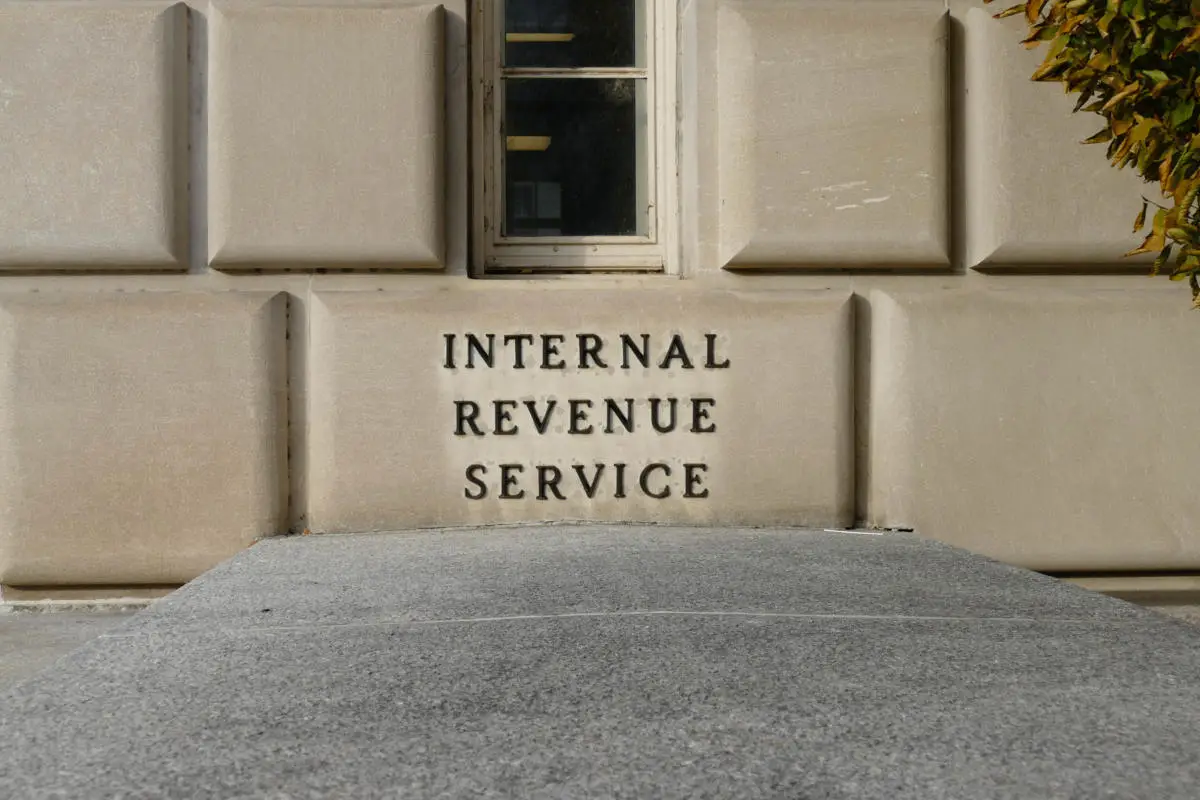Changes to the FEIE Physical Presence Test Travel Days
If you are using the FEIE physical presence test travel days to qualify for the exclusion, watch your calendar closely. As the IRS interprets the FEIE ever more harshly, one day here or there can cause you to lose the exclusion and cost you thousands.
As you know, the FEIE allows an American abroad to exclude up to $97,600 of wage or salary income for 2013 from your U.S. personal income tax return. You can qualify by becoming a resident of a foreign country or by being present in a foreign country or countries for 330 out of 365 days.
In recent years, a battle has raged on the definition of “present in a foreign country or countries” It is now interpreted very literally, and, of course, in favor of the IRS.
In prior years, we explained the FEIE physical presence test travel days like this: You must be out of the U.S. for 330 days out of 365. The 330 days do not need to be in a calendar year…any 12 month period is fine.
But this definition has been modified through a series of tax court cases. Now, we explain the FEIE physical presence test like this: You meet the FEIE physical presence test if you are physically present in a foreign country or countries 330 full days during a period of 12 consecutive months. The 330 days do not need to be in a calendar year…any 12 month period is fine.
This modification may seem minor, but has caused many to lose the benefits of the FEIE altogether, costing them thousands of dollars each year, and bringing millions in to the IRS.
The change in terminology means that, being “present in a foreign country” does not include time in on or over foreign waters. In other words,you are not present in a country while in or over international waters.
Also, a full day is now a period of 24 consecutive hours, beginning at midnight. It no longer includes partial days. Therefore, to meet the FEIE physical presence test travel days you must now spend each of the 330 full days in a foreign country or countries.
When you leave the United States, or return to the United States, the time you spend on or over international waters does not count toward the 330-day total. This means that most travel days to or from the U.S. does not count towards the FEIE physical presence test. Exceptions would include driving or flying to Mexico, or Canada. Travel to South and Central America depend on your flight path or course. However, because you must be present in the foreign country for a full day (24 hours), your path is only relevant if you are traveling at night and on the road at midnight.
Time over international water can be very important to those traveling to Europe or Asia.
- For example, if you leave the United States for Switzerland by air on March 28, and you arrive in Switzerland at 9:00 a.m. on June 29, your first full day in Switzerland is March 30.
You can take short trips from country to country (not including the United States) without affecting your FEIE physical presence test. However, if any part of your travel is over international waters, and the trip takes 24 hours or more, then you lose those day(s).
These new interpretations can hit perpetual travelers and cruise ship passengers hard.
- For example, you leave Panama by ship at 10:00 p.m. on February 6 and arrive in Brazil at 11:00 a.m. on February 8. Since your travel is not within a foreign country or countries and the trip takes more than 24 hours, you lose three FEIE physical presence days – February 6, 7, and 8. If you remain in Brazil, your next full day in a foreign country is February 9.
The IRS takes these calculations quite seriously and goes to extreme measures to deny the FEIE physical presence test travel days. For example, I was in the courtroom watching one of the first cases where the government attacked the captain of a small sailing ship. This guy and his wife were just getting by on $55,000 per year as the captain and crew of a millionaire’s yacht, and the FEIE was everything to them.
The government spent a great deal of time going through the ship’s course and even got the U.S. Navy involved to determine exactly when the yacht crossed in to international waters (over 50 times during the year). This endeavor took up hundreds of government man hours and resulted in the captain losing the FEIE physical presence test by three days.
I give you this example to stress the importance of watching your travel days. I guarantee the IRS will do anything to separate you from your money, so you must be even more diligent to protect your rights.
- A number of special rules apply to international airline pilots and are not considered here. For additional information, see the IRS website or the pilot’s forum.
I will leave you with one last cautionary tale: A friend was traveling with his wife and three children, including their new baby, from Panama to the Cayman Islands. They decided to take the cheaper flight with a stop-over in Miami. Well, it was the most expensive vacation they ever had.
If you are in transit between two points outside the United States and are physically present in the United States for less than 24 hours, you are not treated as present in the United States during the transit. The U.S. airport is considered international space for this purpose. So, if the trip, including the stop-over in the U.S., takes less than 24 hours, you do not lose any FEIE physical presence test days.
Well, U.S. immigration took this opportunity to interview these Expat’s on their time in Panama, their business interests and foreign assets, whether they had filed and paid their U.S. taxes each year, searched their luggage, and, the most damning, let them sit for two hours before beginning the grilling of all members, including the children.
As a result, they missed their flight from Miami to Cayman and had to spend the night in Florida. This meant the trip took more than 24 hours and that they were considered present in the U.S. during their stop-over. Thus, they lost two full FEIE physical presence test days.
Because this was at the end of their 330 day cycle, and they had previously spent some days in the U.S. during the year, they lost the FEIE in its entirety. That stop-over in Florida cost these fine people over $38,600.
I note that you can’t pro-rate the FEIE physical presence test. You either qualify or you don’t. For example, if you do not meet the physical presence test because of illness, family problems, a vacation, or your employer’s orders cause you to be present for less than the required amount of time, the FEIE physical presence test is lost.
There is only one narrow exception to this rule. The minimum time requirement can be waived if you must leave a foreign country because of war, civil unrest, or similar adverse conditions in that country. You must be able to show that you reasonably could have expected to meet the minimum time requirements if not for the adverse conditions, and that you had a tax home in the foreign country and were a bona fide resident of, or physically present in, the foreign country on or before the beginning date of the waiver.
The moral of the story is that you must watch your travel days closely. If you are closing in on your 330 day limit, do not risk a trip through the United States. I guarantee that neither immigration officials nor the IRS will heed your cries for mercy. For additional information on the FEIE physical presence test, see
Publication 54, Tax Guide for U.S. Citizens and Resident Aliens Abroad.











Leave a Reply
Want to join the discussion?Feel free to contribute!